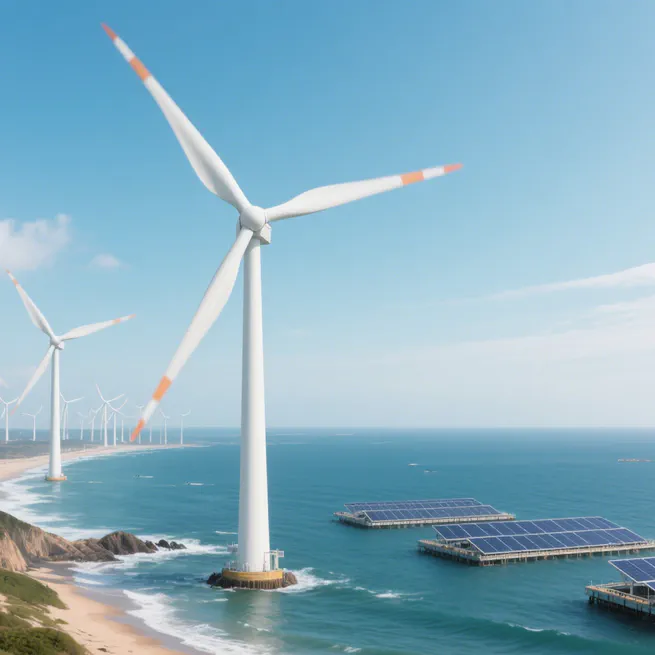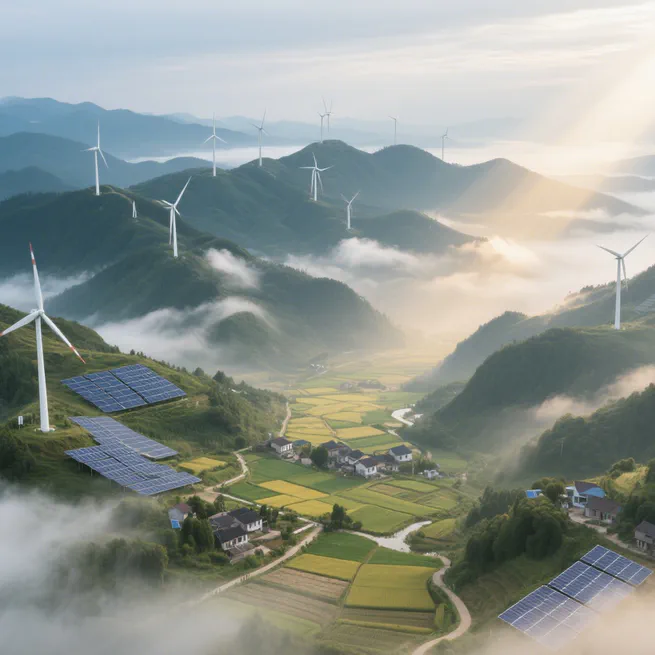
A very high spatialtemporal resolution power system model optimized the layout of renewable energy for China's 15th year planning.
6月 29, 2025

This paper examined thedecarbonization pathways for China'spower sector through 2035 and theimplications for its 2035 target setting.They proposed a more robust climateaction framework, including minimumcapacity and generation share targets by2035 for wind and solar energy.
5月 15, 2025

To support China’s goal of achieving carbon neutrality by 2060, we find that 2 to 4 terawatts are needed each for wind and solar power, eight to ten times its 2022 installations. A highly spatially resolved model reflecting key trade-offs in land availability per current government policies and grid integration shows that 80% of solar and 55% of wind should be constructed within 100 km of major load centers. The model also suggests that terawatt-level energy storage should be deployed from scratch, and ultra-high voltage inter-provincial transmission should double/triple its current size to ensure sufficient power supply. When land use is subject to even tighter policy restrictions, at least 25% of solar power should be distributed generation.
2月 26, 2024

In this meeting, I introduce the RESPO model for China's power planning.
10月 15, 2023